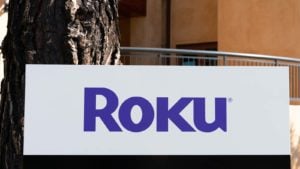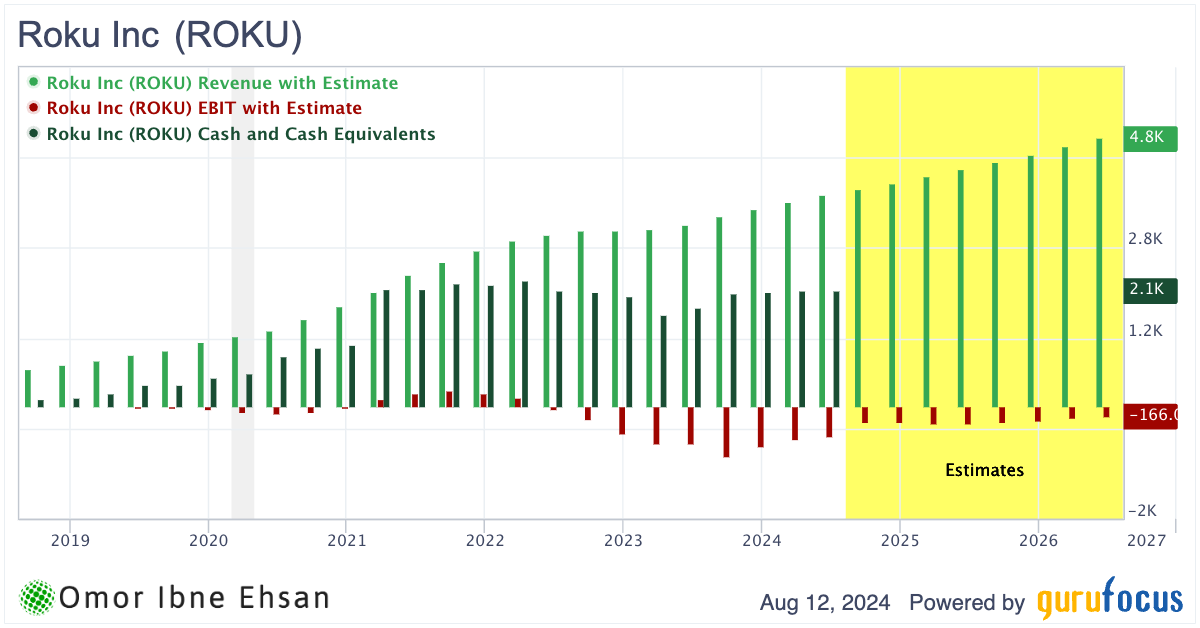I believe this recent dip presents a prime opportunity to scoop up shares of beaten-down growth stocks on the cheap. While the market may be souring on growth stocks as a whole, certain companies still have robust underlying businesses that could deliver solid results over the long run. That’s true, even in a tougher economic environment.
Here are three such beaten-down growth stocks to look into right now.
Dell Technologies (DELL)

Dell Technologies (NYSE:DELL) has been one of the best-performing stocks over the past year. However, like many tech and AI stocks, DELL stock has seen some less-than-impressive price action of late. The broader market is still showing signs of uncertainty, so there hasn’t been any momentum to drive the stock back toward new highs.
However, I believe this recent dip could provide a decent entry point for long-term investors. The stock is down 43% from its highs back in May, and I think that it’s been over-punished and shouldn’t trade at these levels.
Dell is the global leader in the server market, with approximately 20% market share. The AI server market is expected to grow to around $430 billion by 2033. Therefore, there is plenty of room for growth going forward.
In its latest earnings report, Dell posted revenue of $22.24 billion, beating estimates by $591.79 million. However, the company did unfortunately miss on the bottom line, providing $1.27 of earnings per share, which missed by 2 cents. Currently, analysts hold an average price target of $163 on DELL stock.
While the company’s recent layoffs may raise some eyebrows, Dell’s increased focus on AI could position it well for the future. It’s a top growth stock I think is being overlooked right now.
Roku (ROKU)

Roku (NASDAQ:ROKU) operates a popular streaming platform, providing access to online video content. The company has faced challenges in recent years. Indeed, the performance of ROKU stock has reflected these concerns, trading sideways between $50 and $100 per share for most of the past year. Notably, the stock dipped as low as $40 in late-2022 amidst the broader tech selloff.
However, I believe Roku’s current price (around $55 per share) offers compelling upside potential. As the company turns the corner to solid profitability, there’s a lot to like about its upside potential. In Q2 2024, Roku delivered an impressive 20% growth in streaming hours and a 14% increase in active accounts to 83.6 million. Platform revenue, encompassing ads, original content, and services, rose 11% to $824 million. And device sales surged 39% to $144 million.
Looking ahead, Roku expects to surpass $1 billion in quarterly revenue and is targeting accelerating growth heading into 2025. With more than $2 billion in cash on the balance sheet, I view Roku’s financial position as quite secure. I think the company can easily handle its pace of operating losses going forward.

Click to Enlarge
While some analysts worry about competition from tech giants like Amazon (NASDAQ:AMZN) and Alphabet (NASDAQ:GOOG, NASDAQ:GOOGL), Roku continues to grow faster than rivals like Vizio (NYSE:VIZO). I think you’d be wise to consider scooping up some shares of this beaten-down growth stock before the market recognizes Roku’s long-term potential.
Lyft (LYFT)

Lyft (NASDAQ:LYFT) operates a ride-hailing service in the United States and Canada. Its stock price has declined more than 18% after missing Q2 bookings estimates and providing weak guidance. That’s despite the company achieving its first-ever GAAP profitable quarter. End consumers see Lyft as just an Uber (NYSE:UBER) alternative, and most investors see the same. Uber has kept both investors and users very happy during the rally, so why switch? As such, Lyft has gotten the short end of the stick and appears much less relevant for many investors.
However, I believe Lyft is becoming too oversold at current levels. The recent selloff has pushed LYFT stock below $10 per share as of writing. However, I think this discounted stock price provides significant upside potential, given Lyft’s strong Q2 numbers. Revenue grew 41% year-over-year to $1.44 billion, beating estimates. The company also beat on the bottom line, reporting 24 cents of earnings per share. These numbers were driven by key metrics such as active riders and total rides, which hit all-time highs.
Yes, Lyft’s weak Q3 gross bookings guidance of $4.0-$4.1 billion missed the $4.15 billion consensus. But at the stock’s current valuation of around 13-times forward earnings, I believe this guidance is more than priced in. You’d be hard-pressed to find another profitable growth stock trading at such a low multiple. Honestly, that guidance miss isn’t that bad, and Lyft could easily surpass those numbers.
On the date of publication, Omor Ibne Ehsan did not hold (either directly or indirectly) any positions in the securities mentioned in this article. The opinions expressed in this article are those of the writer, subject to the InvestorPlace.com Publishing Guidelines.
On the date of publication, the responsible editor did not have (either directly or indirectly) any positions in the securities mentioned in this article.
Omor Ibne Ehsan is a writer at InvestorPlace. He is a self-taught investor with a focus on growth and cyclical stocks that have strong fundamentals, value, and long-term potential. He also has an interest in high-risk, high-reward investments such as cryptocurrencies and penny stocks. You can follow him on LinkedIn.
